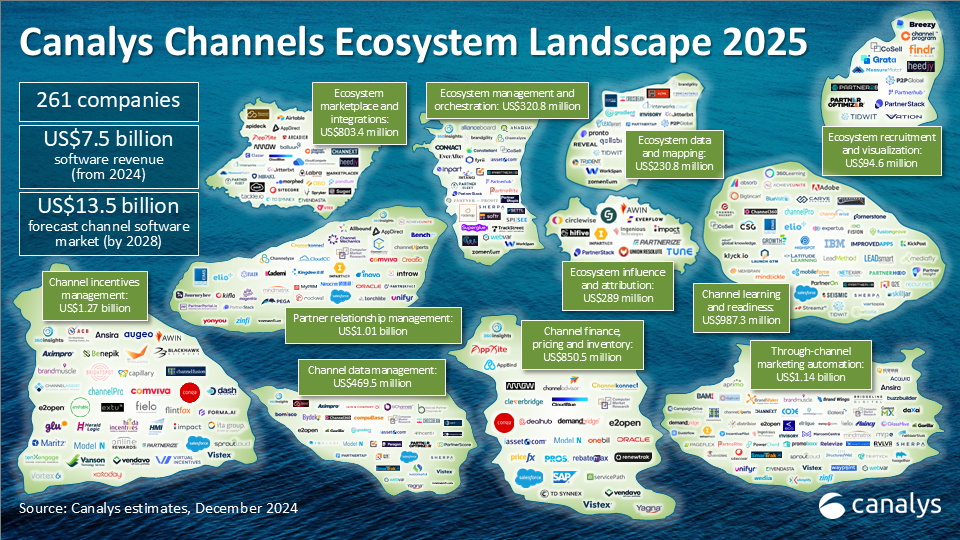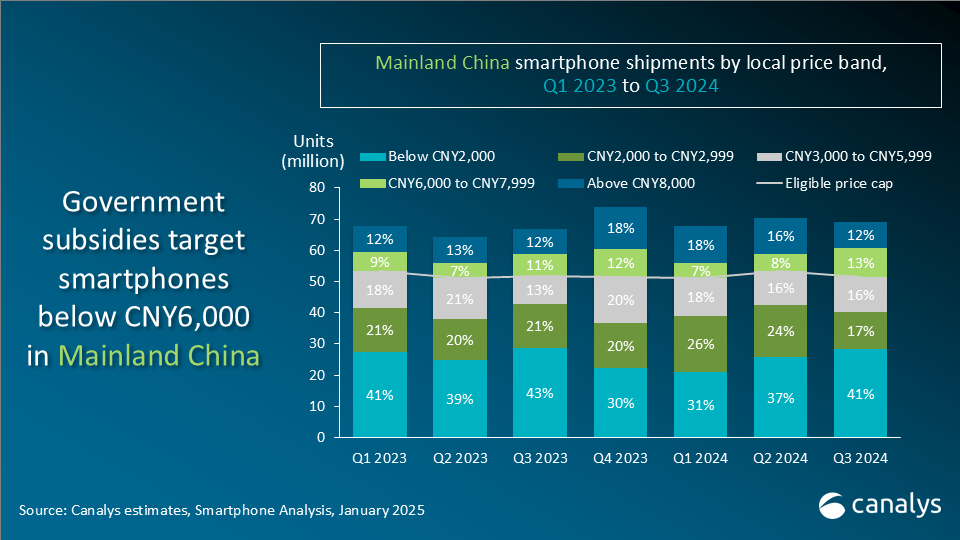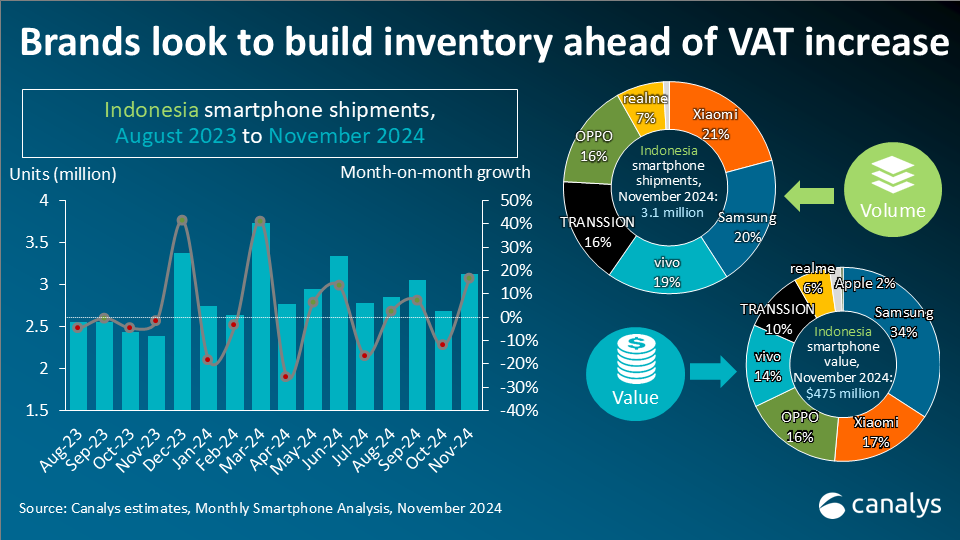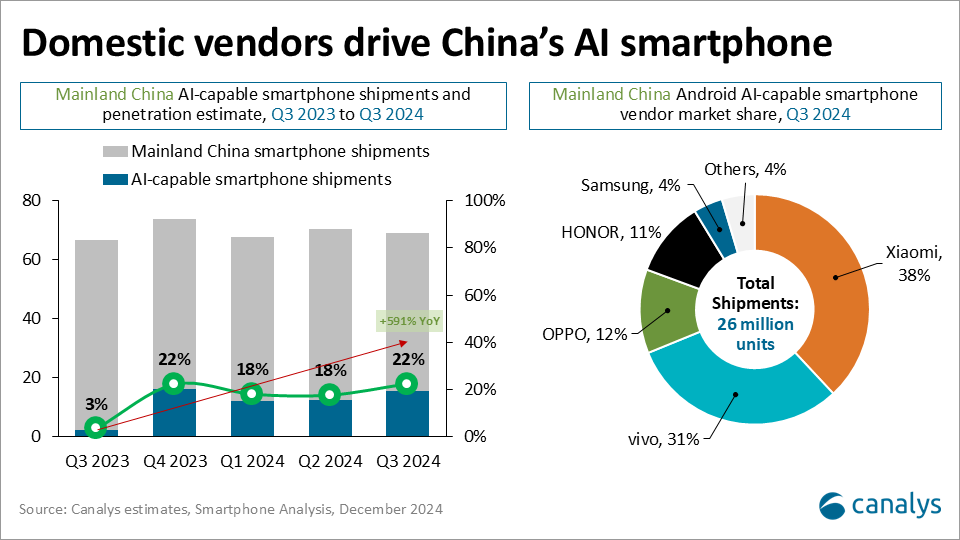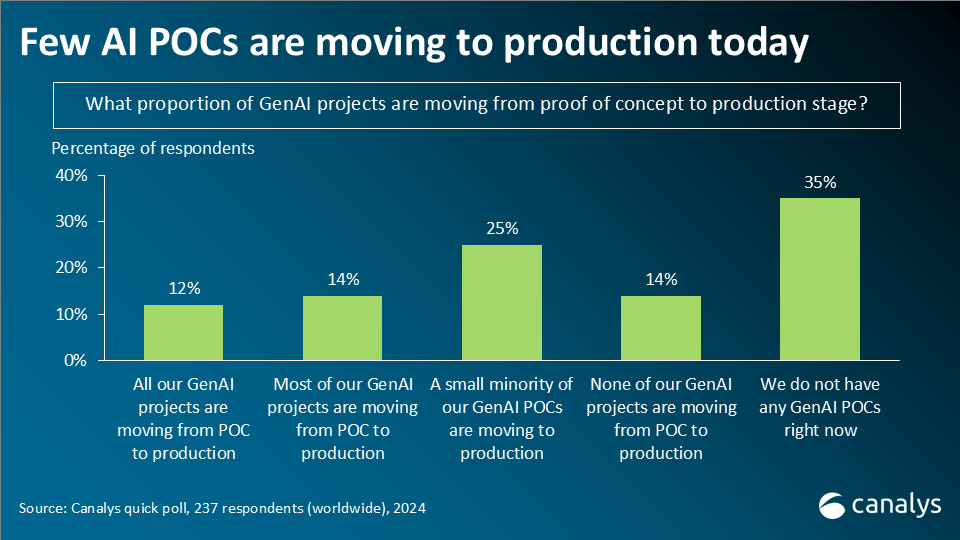Expanded Scale and Leadership in B2B: From R&D to ROI
With a combined permissioned audience of 50+ million professionals, TechTarget and Informa Tech’s digital businesses have come together to offer industry-leading, global solutions that enable vendors in enterprise technology and other key industry markets to accelerate their revenue growth at scale.
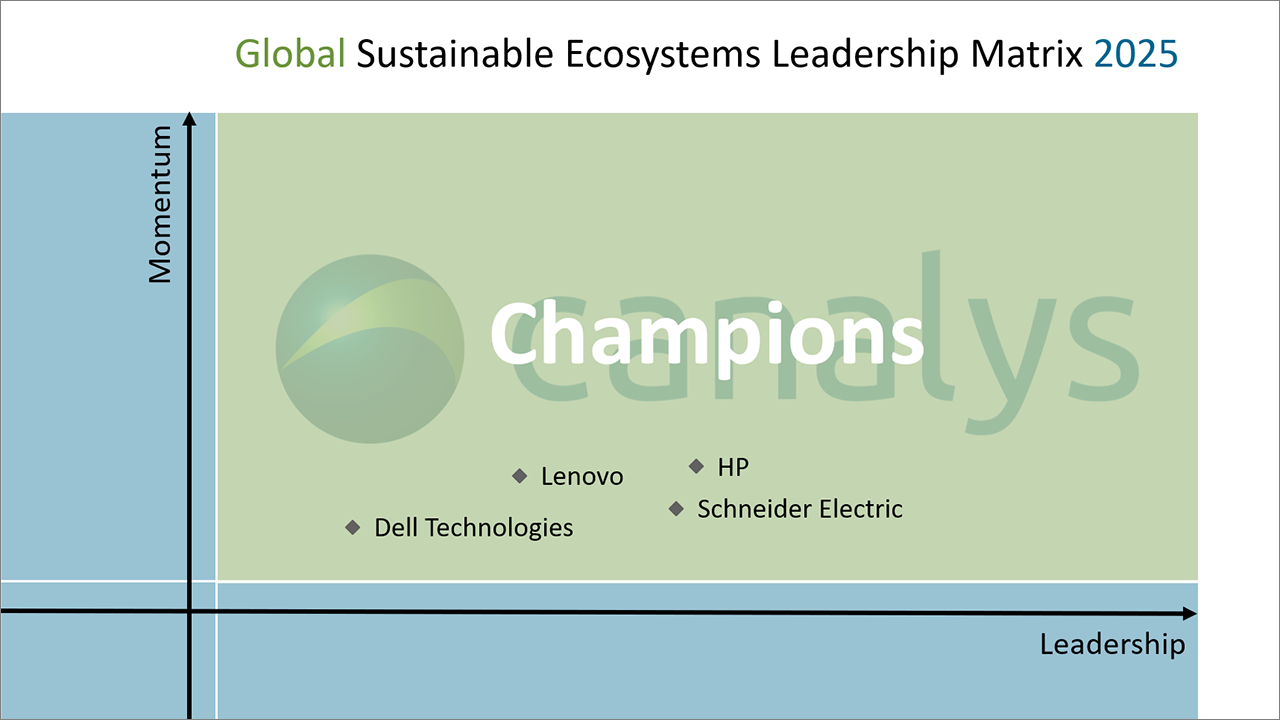
Canalys unveils the 2025 Sustainable Ecosystems Leadership Matrix and its Champions
This year, four vendors have been crowned as Champions in the 2025 Sustainable Ecosystems Leadership Matrix: Dell Technologies, HP, Lenovo and Schneider Electric.


2024 was a challenging year for sustainability – at a corporate and worldwide level. Therefore, it is no small feat for Dell Technologies, HP, Lenovo and Schneider Electric to be rated as Champions. The 2025 Leadership Matrix examines how vendors embraced sustainability internally and the extent to which they promoted sustainability in the partner ecosystem. The Champions demonstrated leadership on both fronts and worked to engage other companies to advance environmental sustainability.
What were the criteria when selecting vendors for review?
Canalys assessed 14 leading technology vendors worldwide. These companies were selected based on annual revenue and the percentage of business conducted through the channel.
What methodology was used to position vendors on the Matrix?
The position of vendors on the Canalys Sustainable Ecosystems Leadership Matrix shown below is based on the feedback of channel partners, the assessment of Canalys analysts and industry-wide leadership in sustainability.
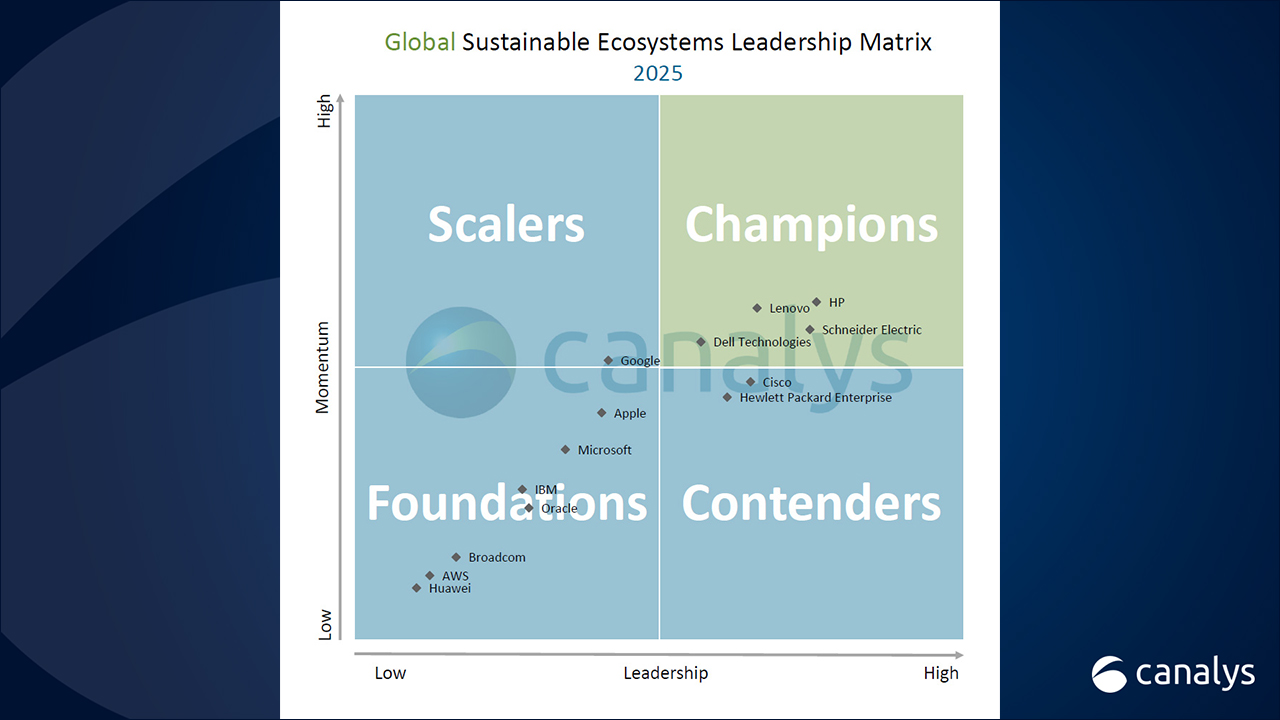
What does the positioning of companies on the Matrix mean?
On the Matrix above, there are four distinct quadrants. Foundation is the term used to describe vendors that have a less robust, more basic sustainability strategy. These vendors typically display low channel engagement on sustainability and lack in-depth sustainability solutions for partners and customers. Crucially, some of these companies have previously demonstrated maturity in sustainability but recent events, including commitment walk-backs and sky-rocketing emissions, have eroded some of this progress.
Contender companies have a clearer sustainability focus, a more robust sustainability strategy and provide some solutions for partners, though these lack breadth, uptake or impact. Scalers, meanwhile, display more innovative sustainability portfolios and strategies but more limited channel engagement on sustainability. Finally, Champion companies demonstrate the highest level of sustainability performance. They push for progress at a corporate level and with partners.
What have the Champions done to achieve this status?
Dell Technologies moved into the Champion quadrant this year. It has invested more heavily in sustainability education, recognition and, to some degree, partner financial incentives on circularity. Commercializing efficiency services has been a core focus for Dell Technologies – vital in the AI age.
HP maintained its popularity and strong reputation for supporting the channel on sustainability in a robust, programmatic manner. In particular, the new HP Renew Program ramped up circular products and services. But other Champions also advanced in 2024, catching up with HP. Therefore, HP’s progress on partner program sustainability over the next year will be vital.
Lenovo had a significant year and dedicated more resources to support the channel through the Lenovo 360 Circle framework. In 2024, this community-focused framework was used to roll out sustainability training resources to partners and to chair a widely attended global sustainability event with partners. Lenovo also announced a collaboration with ClimateChoice to help partners benchmark emissions and identify emission reduction priorities.
Schneider Electric often stands out for its long-established corporate-level commitment to sustainability – particularly on efficiency and decarbonization. The Schneider Partner Program offers the Sustainability School for Partners, including efficiency-focused solutions and decarbonization software. 2025 will be a defining year as Schneider Electric continues to deepen partner collaboration, particularly supporting partners on AI sustainability challenges.
What are the key calls to action for Champions and other companies in 2025 and beyond?
In 2025, Champions must tie their partner program sustainability initiatives to concrete sustainability outcomes. Sustainability advocates are painfully aware of the ticking clock for sustainability – 2024 was the world’s warmest year on record to date. Therefore, Champions must report more widely on the tangible outcomes of their partner-focused sustainability events, initiatives and incentives.
This reporting could include the number of partner participants that have now:
- Set interim/long-term sustainability targets because of partner program engagement.
- Begun to track and reduce CO2e emissions.
- Launched waste-reduction initiatives with demonstrated success.
- Commercialized or operationalized circularity, with demonstrated success.
- Deepened due diligence to mitigate the human rights risks in supply chains and downstream waste handling.
The second priority for vendors must be to invest more heavily in data-reporting support for partners. With the Corporate Sustainability Reporting Directive (CSRD) on the horizon, partners are facing mounting customer requests. Vendors vary greatly in the lead time taken to deliver data, data reliability, the platforms used and file formats. Clearly, a CSRD-compliant data-sharing platform that allows partners to download data independently, and submit requests for bespoke data, is vital.
What is in store in 2025?
2025 is set to be a promising and challenging year for sustainability. A new US administration will likely withdraw from the UN Paris Agreement. CSRD will continue to require more from companies, and this is happening against a background of mounting AI emissions. In 2025, vendors must report on the partner program sustainability progress made and the impact of AI on the integrity of their sustainability goals.
